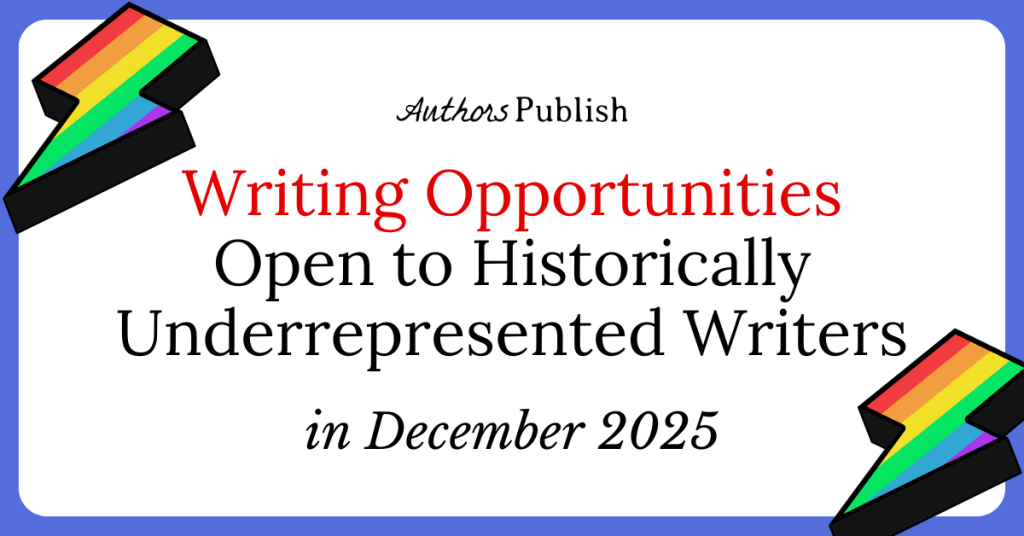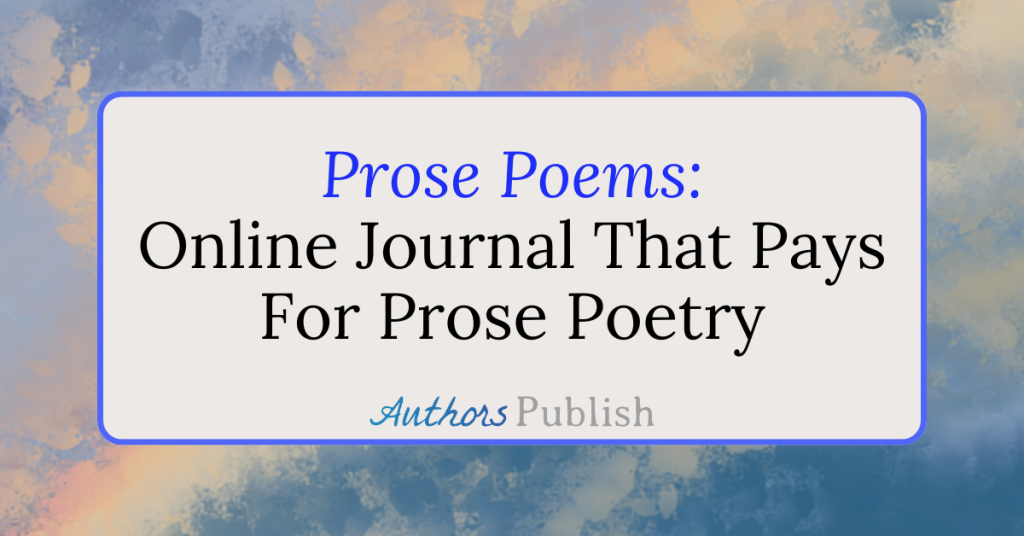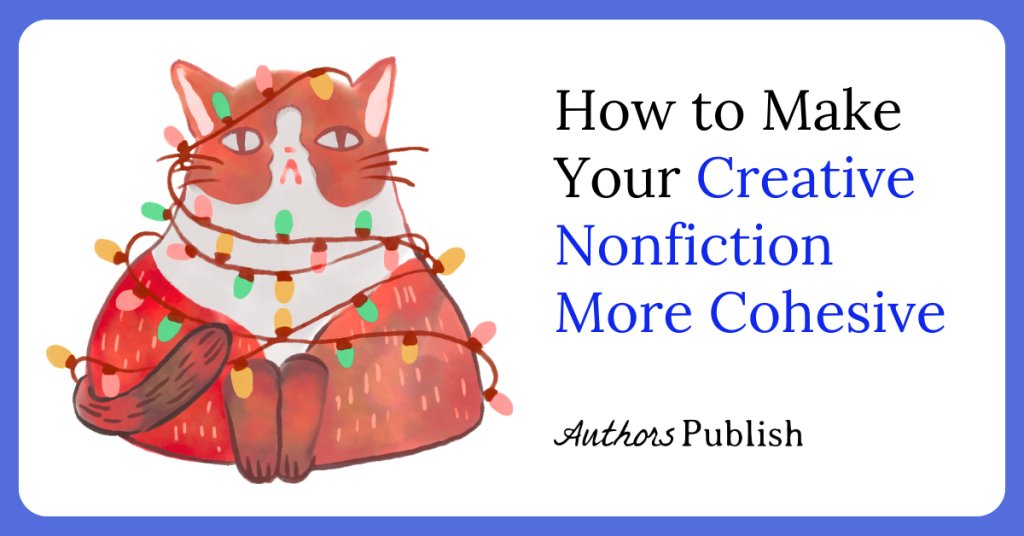By Ashley Taylor Clark
Story beginnings are infamously difficult to write. Since most major story beats don’t happen until the second act, many writers are left floundering with what feels like slow, tedious detail as they attempt to write their opener. If you’re a plotter, you may have even sought out templates or other tips and tricks to make the process easier, but guides aren’t always a catch-all for every story. Maybe you’re jumping straight into the action and don’t want to spend more than a scene or two on setup, or maybe your protagonist doesn’t need much time to debate their call to adventure.
Thankfully, your first act really only serves one major purpose — to set up your protagonist and the world around them. As long as you establish a few key details, it doesn’t matter exactly how many scenes you have or what your word count looks like. All of these details can ultimately be boiled down to three questions you should answer before your inciting event.
How does the protagonist react in the face of a problem or challenge?
This is a relatively simple question, and therefore simple to address. All you need to do is put something between your protagonist and their immediate goal. It doesn’t matter whether this is a real problem with legitimate stakes or a comparatively minor obstacle—all readers need is to see how the protagonist reacts when faced with some sort of challenge.
It’s important to set up these challenges before the inciting event because it gives readers a glimpse of who the protagonist is before the real plot comes knocking. You get to establish a few early character traits for your protagonist and showcase their strengths/weaknesses when it comes to problem-solving, all while creating an early source of tension to drive the story forward.
What does the protagonist stand to lose if they take the plot hook?
This is a threefold question, and answering it involves laying some groundwork over multiple scenes. The first few scenes of your story (typically 2–3 scenes between your opening scene and your inciting event) serve as the “setup,” where you establish background details like setting, current world state, etc. During these scenes, you should make it clear to readers what is potentially at stake for the protagonist if they engage with the plot.
Since certain aspects of your world and your protagonist’s life will be permanently altered after the inciting event, it’s important to illustrate what the “before” image looks like. While this will include the larger world details mentioned above, it should also involve smaller details that exist on a more personal scale. Giving readers a glimpse of your protagonist’s life—their home, their routines, their loved ones—will help them better understand what this “before” image means to the protagonist. In short, you should take this time to show the parts of the protagonist’s life that will be changed by the inciting event, and how those changes will affect them.
What are the protagonist’s key motivations for moving through the story?
Now that you’ve established some key characteristics and background details for your protagonist, it’s time to jump into examine their motivations. This should come somewhat naturally as you answer the other two questions on this list, as all you’re really doing is providing the why—why they’re driven to overcome their challenges, and why they’re willing to risk the relative safety and ease of their status quo.
The protagonist’s motivations should be more or less clear to readers by the time the inciting event rolls around because readers should be able to confidently predict how the protagonist will react. It’s safe to assume they’ll engage with the plot hook because there’s more story to read, but their response should still be believable. These motivations lie at the core of the protagonist’s character arc, and establishing them clearly at the start of the story lays solid groundwork for developing that arc later on.
In Conclusion
Though each of these questions is designed to highlight a single aspect of your protagonist, they all paint broad enough strokes that you have some room to breathe. As you write the scenes that answer these questions, more general information about the setting and background details of your story will naturally fall into place. Before you know it, you’ll have a detailed and effective start to your first act that’s ready to kick off the action with your inciting event.






